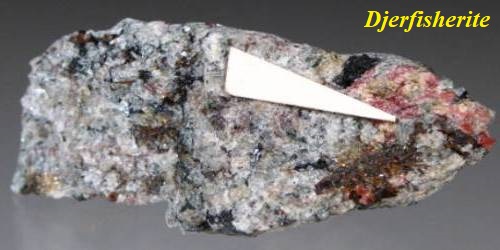Sewage treatment is the process of eliminating impurities and pollutants from wastewater before it is discharged into the environment or restored to a water source. It is a type of wastewater treatment that tries to remove contaminants from sewage in order to generate effluent appropriate for disposal into the surrounding environment or reuse, hence preventing water pollution caused by raw sewage discharges. The fundamental purpose of sewage treatment is to preserve human health and the environment by purifying water to an acceptable level for discharge or reuse.
Sewage is made up of residential and corporate wastewater, as well as perhaps pre-treated industrial waste. There are many sewage treatment processes to select from. These can range from decentralized systems (including on-site treatment systems) to huge centralized systems with a network of pipelines and pump stations (known as sewerage) that transport sewage to a treatment plant. For cities with combined sewers, the sewers will transport urban runoff (stormwater) to the sewage treatment plant.
Sewage treatment typically consists of two basic phases, known as primary and secondary treatment, with advanced treatment including a tertiary treatment stage with polishing procedures and nutrient removal. Secondary treatment can remove organic matter (measured by biological oxygen demand) in sewage through aerobic or anaerobic procedures.
The typical sewage treatment process involves several stages:
- Screening: Large objects such as sticks, leaves, and plastic are removed from the wastewater through screening processes.
- Primary Treatment: The wastewater is allowed to settle in large tanks, allowing heavier solids to settle at the bottom as sludge. This is known as primary sedimentation.
- Secondary Treatment: The liquid portion from the primary treatment undergoes biological treatment to remove dissolved and suspended organic matter. This is usually done through biological processes like activated sludge treatment, trickling filters, or other biological treatment methods. Microorganisms break down organic pollutants into simpler, more stable substances.
- Tertiary Treatment: This procedure further refines the treated wastewater by removing any leftover pollutants. Techniques may include further filtration, chemical treatment, or advanced technologies such as ultraviolet (UV) disinfection.
- Disinfection: Before discharge, purified water is frequently disinfected to kill or inactivate dangerous bacteria. Common disinfection procedures include chlorination, ultraviolet (UV) irradiation, and ozonation.
There are various types of sewage treatment systems, including centralized municipal treatment plants and decentralized systems such as septic tanks for individual homes. Sewage treatment is critical for reducing water contamination, preserving ecosystems, and maintaining public health. Efforts are also undertaken to reuse treated water for non-potable purposes, such as irrigation or industrial processes, which helps to conserve water.
















